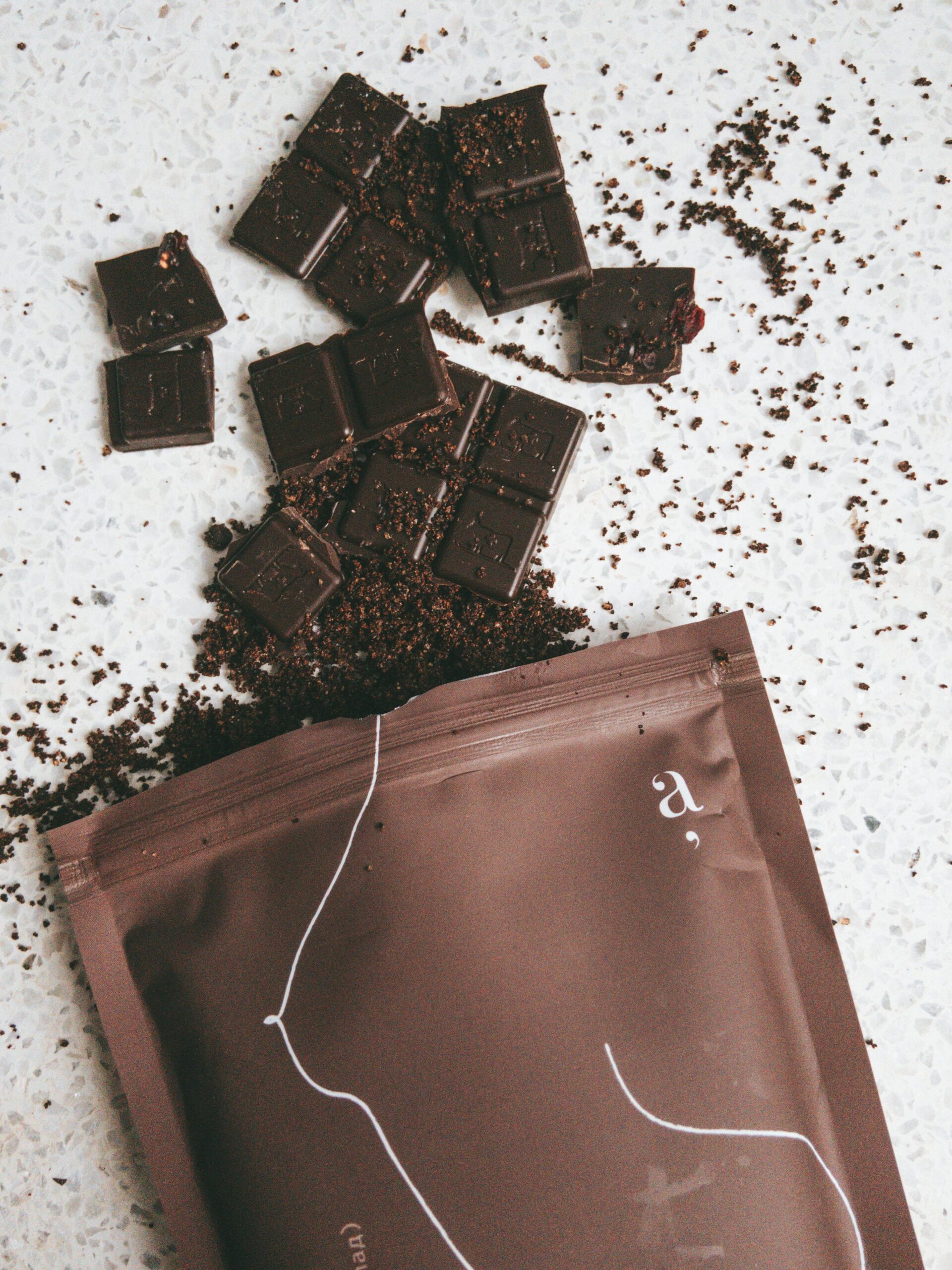
Pre-Shave Solutions: The Importance of Exfoliators in Your Shave Routine
Achieving a smooth and comfortable shave is an art that begins long before the razor touches your skin. One of the most crucial steps in pre-shave preparation is exfoliation. Exfoliating your skin before shaving helps to remove dead skin cells, unclog pores, and lift stubborn hairs, allowing for a closer and more effective shave. In this detailed blog post, we’ll delve into the role of exfoliators, how to choose the right one for your skin type, and provide recommendations to incorporate into your pre-shave routine.
Why Exfoliation is Essential Before Shaving
Removing Dead Skin Cells
Dead skin cells can accumulate on the surface of your skin, leading to a rough texture and clogged pores. Exfoliating helps to remove these cells, revealing fresher, smoother skin underneath. This ensures that your razor glides easily over the skin, reducing the risk of nicks and cuts.
Unclogging Pores
Clogged pores can lead to ingrown hairs and acne, which can both complicate and irritate the shaving process. Regular exfoliation clears out impurities from the pores, minimizing breakouts and promoting healthier skin.
Lifting Hair
Exfoliating lifts the hair away from the skin, allowing for a closer shave. By freeing trapped hairs, exfoliation helps to prevent ingrown hairs, which can be painful and unsightly.
Enhancing Product Absorption
A well-exfoliated skin surface allows for better absorption of pre-shave oils, gels, and creams. This means these products can penetrate more effectively, offering better protection and lubrication during shaving.
Types of Exfoliators
Exfoliators can be categorized into two main types: physical (or mechanical) exfoliators and chemical exfoliators. Each type has its own benefits and considerations, depending on your skin type and preferences.
1. Physical Exfoliators
Characteristics
Physical exfoliators use small, abrasive particles or tools to manually remove dead skin cells. They often come in the form of scrubs, brushes, or exfoliating gloves.
Benefits
- Immediate results: Physical exfoliators provide an instant smoothness to the skin.
- Easy to use: Scrubs and brushes are straightforward and can be used in the shower.
Considerations
- Can be harsh: If used too aggressively, physical exfoliators can cause microtears and irritation, especially for sensitive skin.
- Risk of over-exfoliation: Excessive use can strip the skin of natural oils and compromise its barrier.
Recommended Products:
- St. Ives Gentle Smoothing Oatmeal Scrub & Mask: Contains oatmeal and honey, providing gentle exfoliation with soothing benefits.
- Foreo LUNA 3 Men: An electric exfoliating brush that uses gentle silicone bristles for effective and non-abrasive exfoliation.
2. Chemical Exfoliators
Characteristics
Chemical exfoliators use acids or enzymes to dissolve dead skin cells without the need for scrubbing. Common ingredients include alpha hydroxy acids (AHAs) like glycolic and lactic acid, beta hydroxy acids (BHAs) like salicylic acid, and fruit enzymes.
Benefits
- Gentle on the skin: Chemical exfoliators can be less abrasive, making them suitable for sensitive skin.
- Effective at treating specific issues: AHAs are great for surface exfoliation and brightening, while BHAs penetrate deeper to clear pores and reduce acne.
Considerations
- Requires patch testing: Always perform a patch test to ensure your skin does not react negatively.
- Gradual results: Chemical exfoliation can take a few weeks to show noticeable improvements.
Recommended Products:
- The Ordinary Glycolic Acid 7% Toning Solution: An AHA-based toner that gently removes dead skin cells and brightens the complexion.
- Paula’s Choice Skin Perfecting 2% BHA Liquid Exfoliant: Contains salicylic acid, ideal for deep pore cleansing and acne-prone skin.
Choosing the Right Exfoliator for Your Skin Type
Selecting the appropriate exfoliator tailored to your skin type ensures effective exfoliation while minimizing the risk of irritation and other adverse reactions.
1. Oily Skin
Characteristics
- Enlarged pores
- Excess sebum production
- Frequent breakouts and shine
What to Look For
- Products that contain BHAs like salicylic acid to penetrate and clean pores.
- Gel-based formulations that control oil without over-drying.
Recommended Products
- La Roche-Posay Effaclar Purifying Foaming Gel: Contains zinc pidolate to reduce oil and prevent acne.
- Neutrogena Oil-Free Acne Wash: Features 2% salicylic acid to treat and prevent breakouts.
2. Dry Skin
Characteristics
- Flaky and rough texture
- Tightness and itching
- Fine lines and dull complexion
What to Look For
- Gentle exfoliants with hydrating ingredients like lactic acid.
- Cream or lotion-based exfoliants that provide moisture.
Recommended Products
- AmLactin Daily Moisturizing Body Lotion: Contains 12% lactic acid to exfoliate and provide deep hydration.
- First Aid Beauty Facial Radiance Pads: Gentle pads with lactic and glycolic acid to exfoliate and tone.
3. Sensitive Skin
Characteristics
- Prone to redness and irritation
- Reacts easily to products and environmental factors
- Itching and stinging
What to Look For
- Mild, non-abrasive exfoliants with soothing ingredients.
- Products that are fragrance-free and hypoallergenic.
Recommended Products
- The INKEY List PHA Toner: Contains polyhydroxy acids (PHAs) for gentle exfoliation suitable for sensitive skin.
- Renée Rouleau Ultra Gentle Smoothing Serum: An enzyme-based exfoliator with calming ingredients to reduce irritation.
4. Combination Skin
Characteristics
- Oily in the T-zone (forehead, nose, and chin)
- Dry or normal on the cheeks
- Occasional breakouts
What to Look For
- Balanced exfoliants that address both oily and dry areas.
- Products with a combination of AHAs and BHAs for comprehensive treatment.
Recommended Products:
- The Ordinary AHA 30% + BHA 2% Peeling Solution: A powerful, multi-acid weekly treatment for balanced exfoliation.
- Drunk Elephant T.L.C. Framboos Glycolic Night Serum: A blend of AHAs and BHAs to refine and clarify the complexion.
How to Incorporate Exfoliation into Your Pre-Shave Routine
1. Understand Your Skin’s Needs
Before exfoliating, assess your skin type, condition, and tolerance to acids or physical scrubs. Adjust the frequency and type of exfoliator based on your skin’s response.
2. Timing and Frequency
Exfoliate before shaving, but not immediately before. This allows your skin some time to calm down and reduces the risk of irritation. For most skin types, exfoliating 1-2 times a week is sufficient. However, some chemical exfoliants may be gentle enough for more frequent use.
3. Start with Cleansing
Begin by cleansing your face with a gentle cleanser to remove surface impurities. This prepares your skin for effective exfoliation.
4. Apply the Exfoliator
Physical Exfoliators
- Application: Use a small amount and gently massage it into the skin using circular motions.
- Focus on Key Areas: Pay attention to areas where you typically experience ingrown hairs or rough patches.
- Rinse: Thoroughly rinse with lukewarm water.
Chemical Exfoliators
- Application: Apply the exfoliant as directed (some are leave-on, while others need rinsing). Use a cotton pad or your fingers, avoiding the eye area.
- Patience: Allow the product to absorb and work on your skin. Some products might require a neutralizing step, so follow the instructions carefully.
5. Moisturize and Soothe
After exfoliating, restore your skin’s moisture. Apply a calming toner or serum followed by a hydrating moisturizer. This step is crucial to maintain the integrity of your skin barrier.
Recommended Hydrating Products:
- La Roche-Posay Thermal Spring Water: A soothing mist that calms and hydrates the skin.
- CeraVe Moisturizing Cream: Contains ceramides and hyaluronic acid to lock in moisture.
6. Proceed with Shaving
Once your skin is exfoliated and hydrated, you can proceed with your usual shaving routine. Use a quality shaving cream and a sharp razor to ensure a smooth shave.
Conclusion
Exfoliation is a vital component of a comprehensive pre-shave routine, offering numerous benefits such as smoother skin texture, reduced ingrown hairs, and a closer shave. By selecting the right exfoliator for your skin type and incorporating it into your pre-shave regimen, you can enhance the shaving experience and maintain healthier skin. Remember to be mindful of your skin’s needs and avoid over-exfoliating to achieve the best results. With proper exfoliation, you’ll be on your way to a comfortable, irritation-free shave every time.

